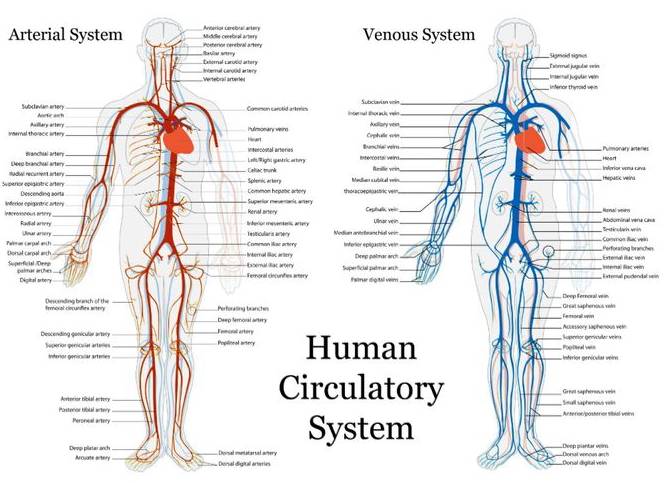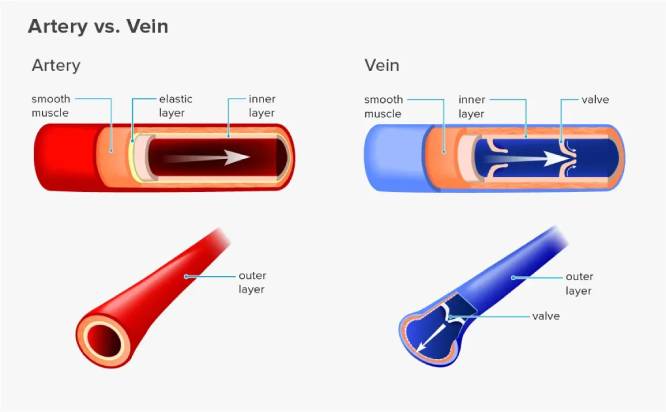With one of the largest Peripheral Vascular Surgical and Endovascular experience in the country, treating thousands of patients with vascular disease, Sir Ganga Ram Hospital, New Delhi. Vascular Sciences offers balanced patient care with an emphasis on minimally invasive therapies. Under the leadership of Professor Dr V S Bedi, India's most respected figure in vascular surgery internationally, the Vascular Team works hard to translate internationally prominent clinical research into new treatment methods and better care for our patients.

We are in the forefront of Aortic Aneurysm Treatments, both Open and Endovascular and have developed into an international hub for patients in our part of the world to seek cost-effective treatments for their Aortic Aneurysms. Other areas of excellence are Limb Salvage in Diabetic patients, Stroke prevention by Carotid Endarterectomy, Venous Leg Ulcers and complex Renal Dialysis Access.
Deep vein thrombosis (DVT) is a condition in which a blood clot forms in one of your deep veins, usually in your leg. DVT can cause pain and swelling and may lead to complications, such as pulmonary embolism.
Swollen legs due to deep vein thrombosis are a fairly common presentation. These are effectively treated by compression stockings and compression therapy. A rare but serious complication of DVT is dislodgment of the clots from the legs to the lungs
Angiography serves to investigate normal and pathological states of the vessel system particularly luminal narrowing and obstruction or aneurysmal widening.Furthermore tumour conditions, arteriovenous malformations (AVM) and arteriovenous fistulae (AVF) or sources of bleeding are investigated with angiography.
Angiography is a special dye test of the blood vessels. It is done under local anaesthesia, on a mobile X-ray machine in our vascular Cath Lab. Angiography of the legs, arm or neck vessels is done regularly.
The blood vessels can also be studied by a non invasive method - Doppler. It is similar to an ultrasonography (USG) examination. This investigation also helps to detect peripheral vascular (PVD) or arterial blockage, DVT, etc.
A Doppler ultrasound can estimate how fast blood flows by measuring the rate of change in its pitch (frequency).
Endovenous Radiofrequency Ablation for incompetent valves is ideal day care procedure. This can be combined with foam sclerotherapy and/or phlebectomies thus avoiding any cuts or surgery.
Varicose veins are prominent and tortuous veins in legs, which can cause pain, ulcer and swelling. They are managed by injection sclerotherapy or operation depending on the severity.
Varicose veins are treated with lifestyle changes and medical procedures. The goals of treatment are to relieve symptoms, prevent complications, and improve appearance.
The most common cause of a stroke is a sudden blockage of blood flow to an artery in the brain. The blockage is usually from plaque or a clot located in the carotid artery in the neck that has travelled to the brain. A narrowing, or blockage, of the carotid artery, if severe, is usually treated by surgery to prevent a stroke from occurring.. This blockage can be cleared by an operation called Carotid Endarterectomy.
Management of Aortic Aneurysms is done nowadays by Endovascular techniques rather than open surgery. Most patients can be treated without opening the chest or abdomen.
The word "aneurysm' means out-pouching or bulging of a portion of a blood vessel that can occur anywhere in the body.
When a blood vessel wall bulges, or dilates, it becomes thin and tense, just like blowing too much air into a balloon. At a certain size, that dilated portion of the vessel wall is in danger of rupturing or tearing (called a "dissection"). This can be a life-threatening emergency. An open surgery with a tube graft is performed to prevent this complication.
Leg arteries are blocked due to atherosclerosis, hardening of the arteries. Eventually, as the process progresses, your blood vessels can no longer supply the oxygen demands of your organs or muscles and symptoms may develop. During a bypass, the vascular surgeon creates a new pathway for blood flow using a graft or bypass. A graft is a portion of one of your veins or a man-made synthetic tube that your surgeon connects above and below a blockage to allow blood to pass around it.


Feel free to contact us
